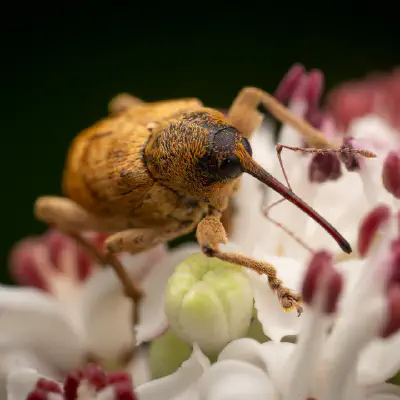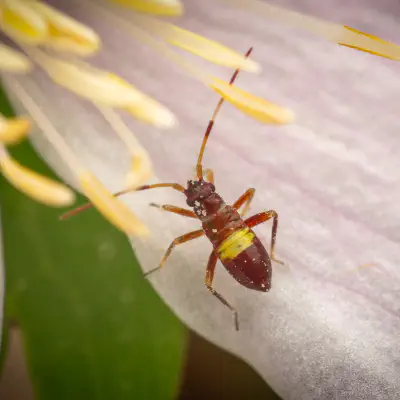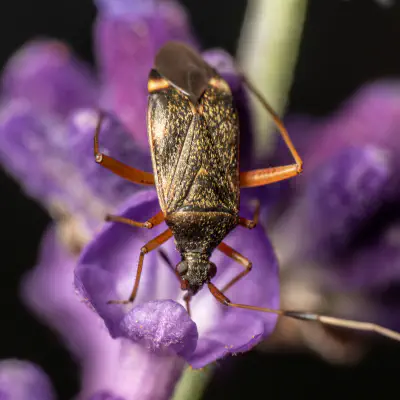Closterotomus biclavatus biclavatus (Herrich-Schäffer, 1835) Closterotomus biclavatus dalmatinus (Wagner, 1957)
Closterotomus biclavatus (lat. Closterotomus biclavatus)
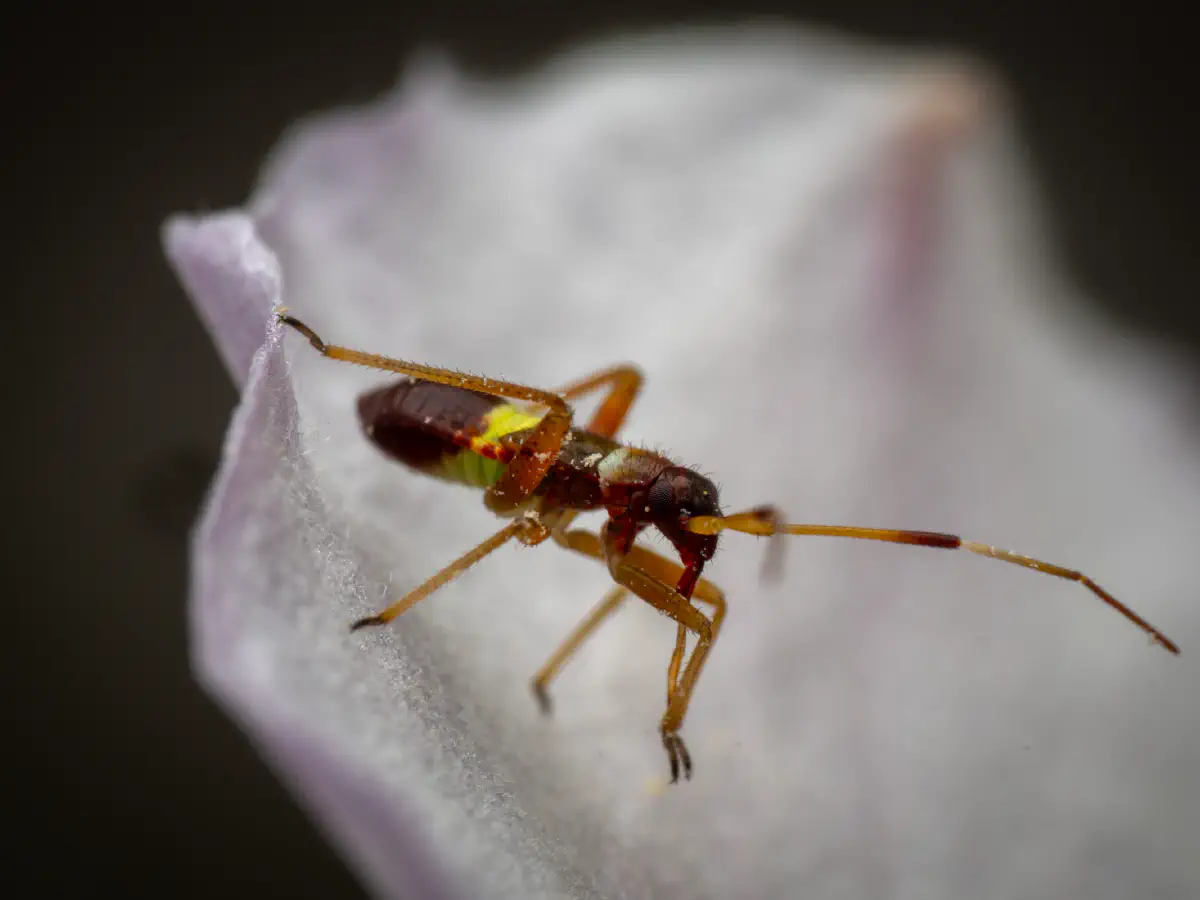
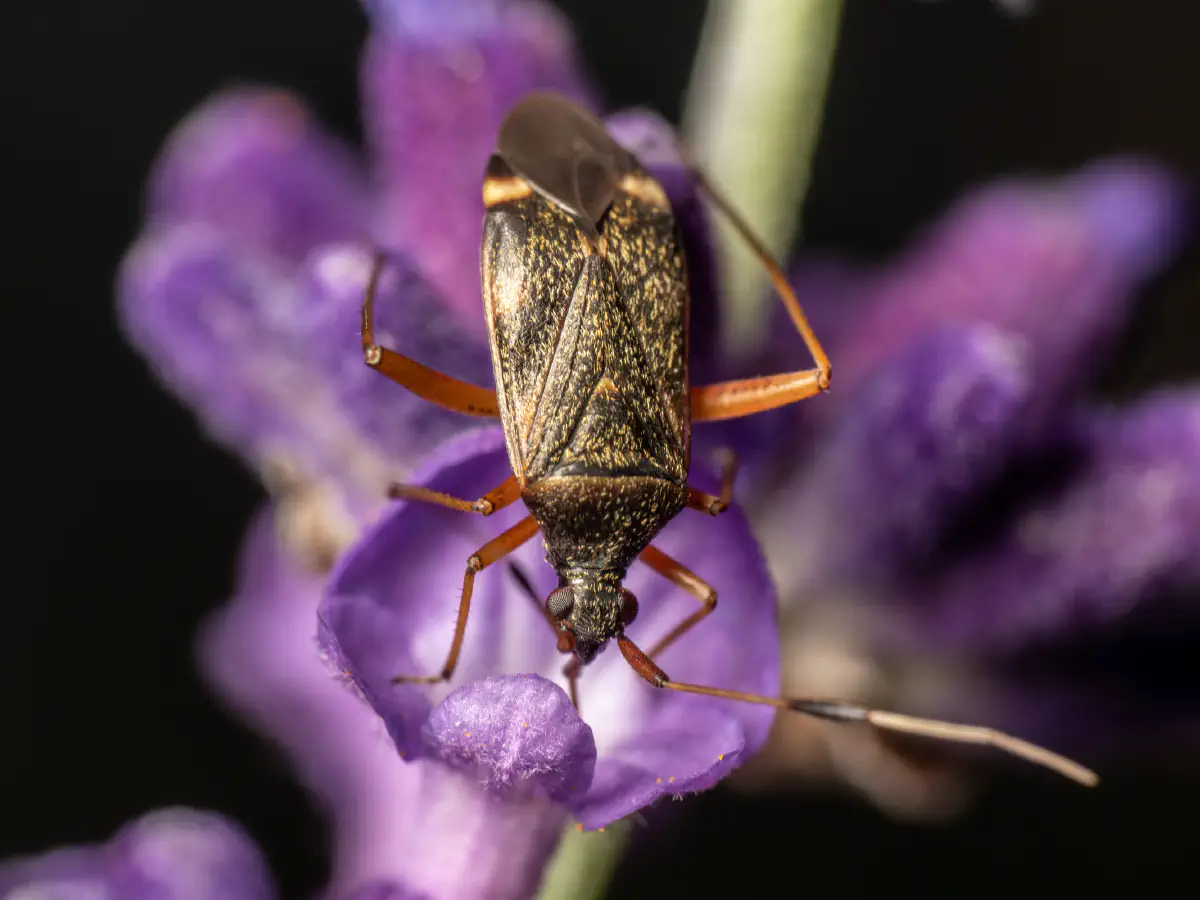
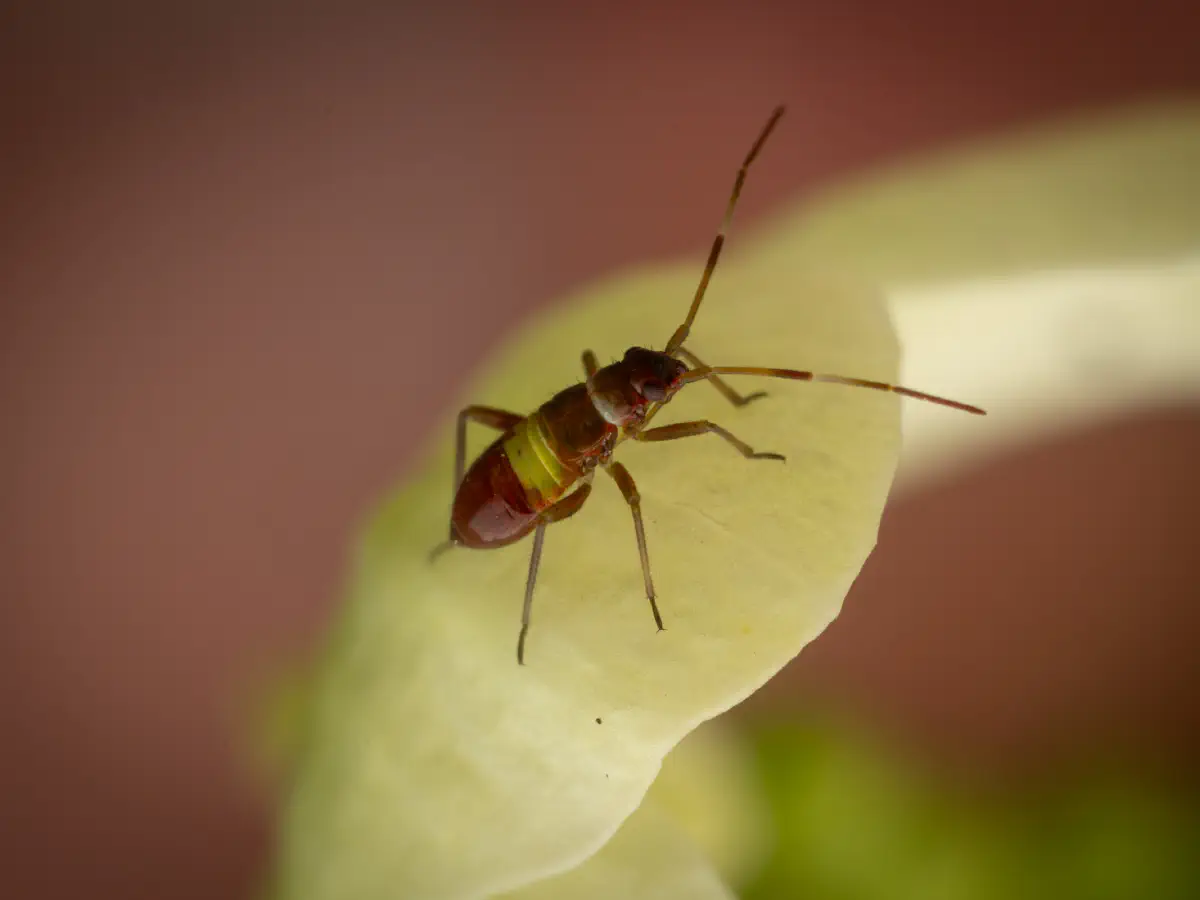
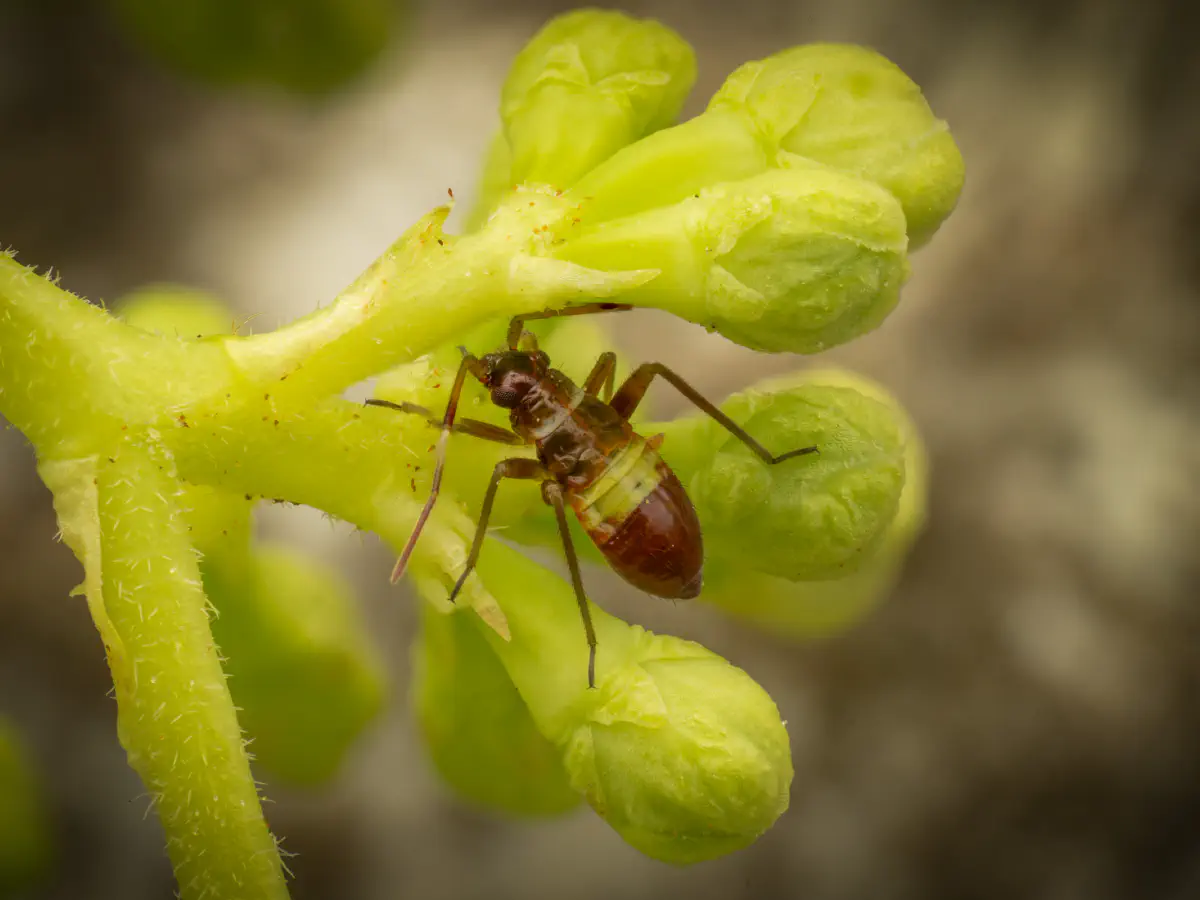
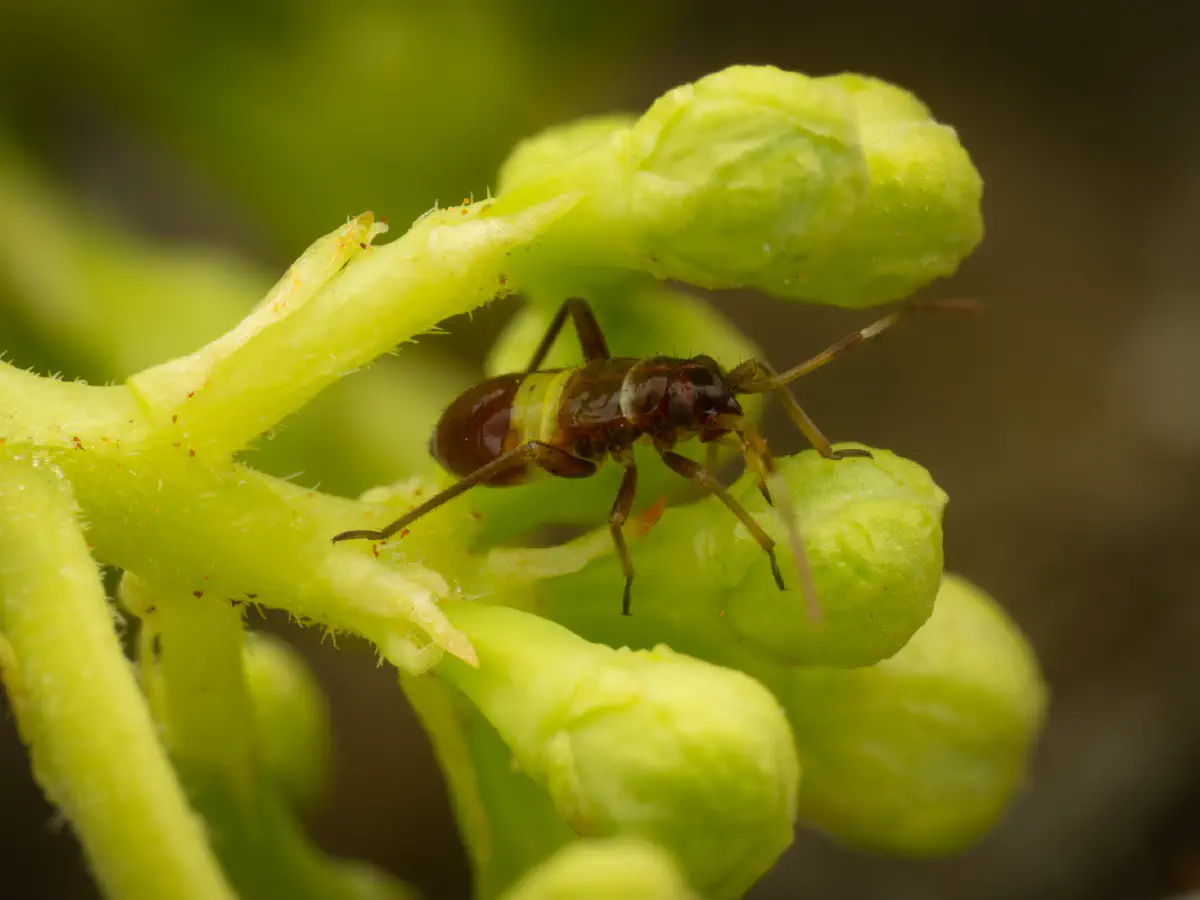
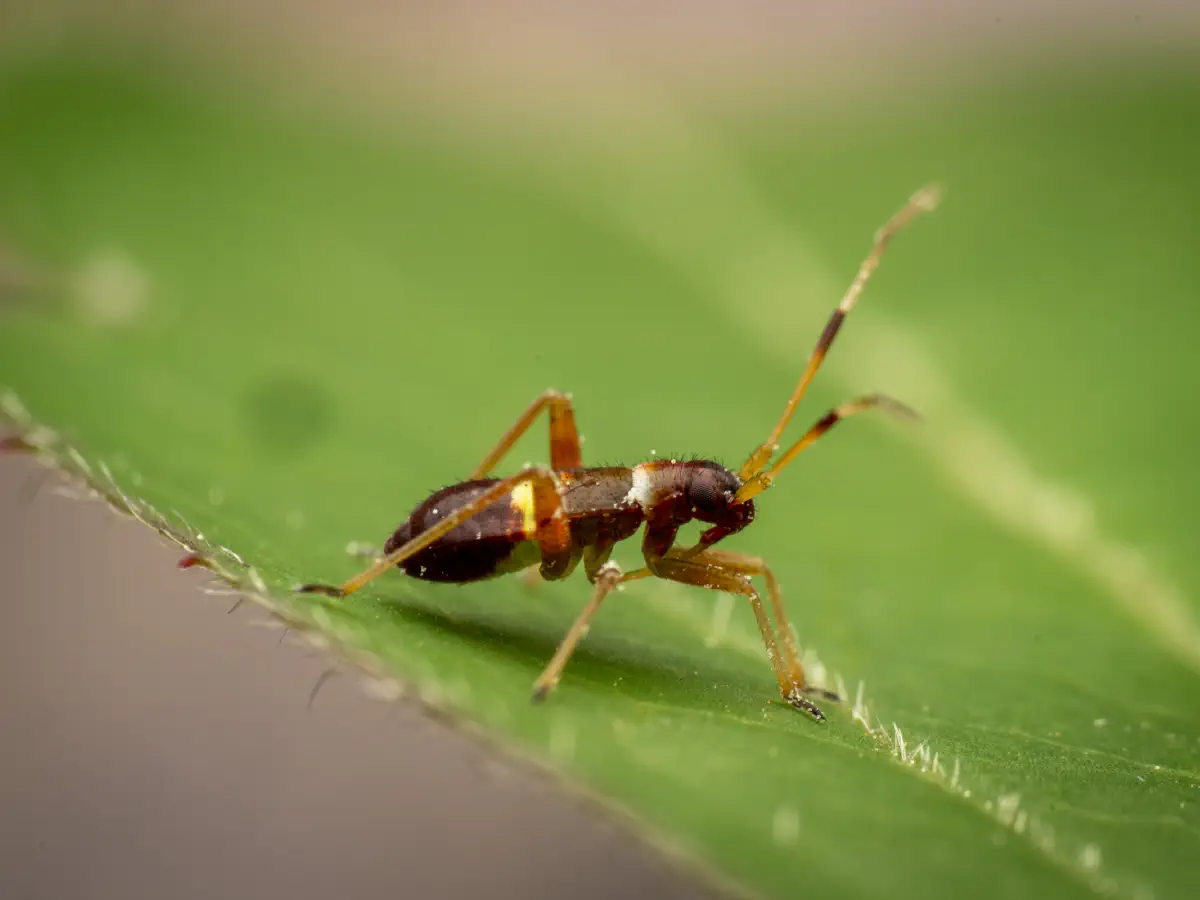
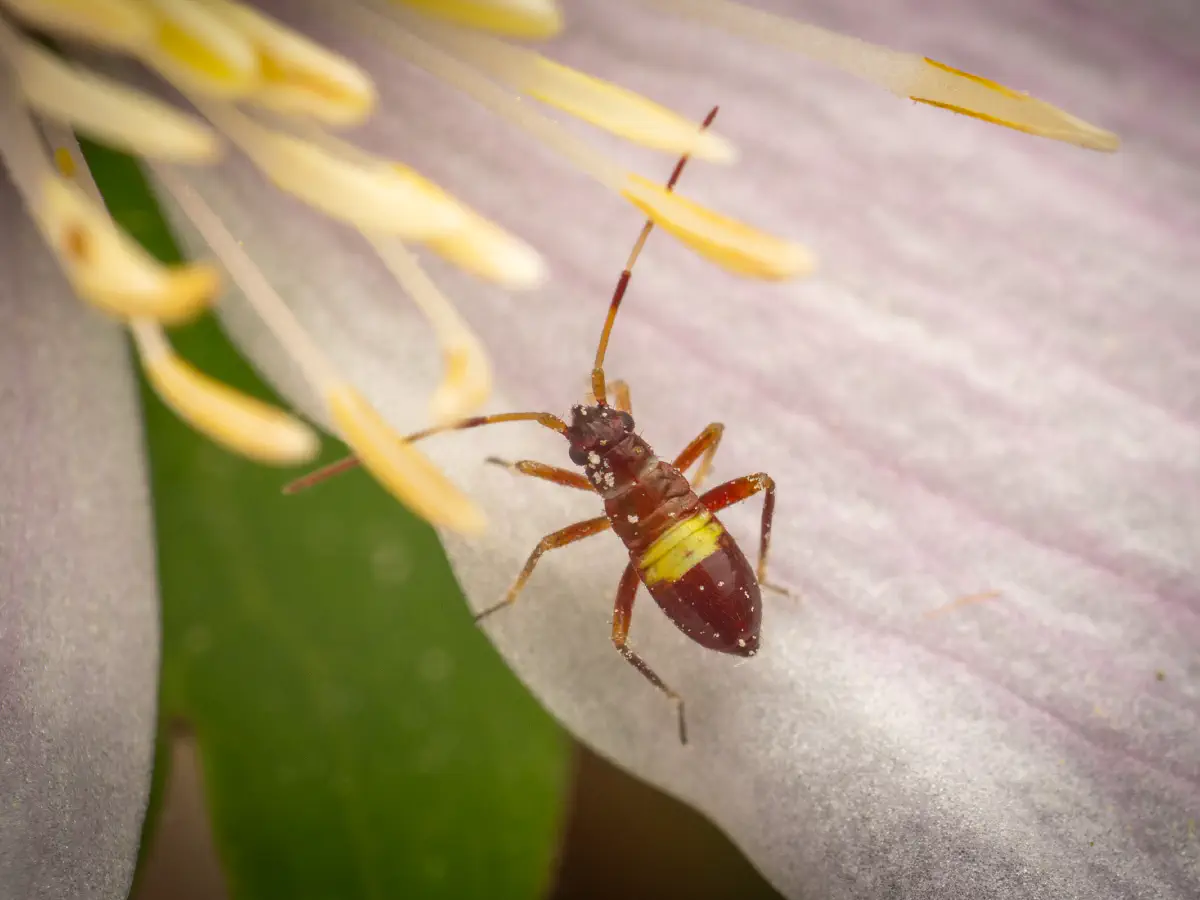
This is not intended to be a dry lexicon. Personal stories and sensitive articles form the framework for our pictures: „Franz and his mission for insects: Why are solar panels attracting insects?“
Solar installations on former farmland can significantly increase the insect population and biodiversity in just a few years. A side effect and a win-win situation.
